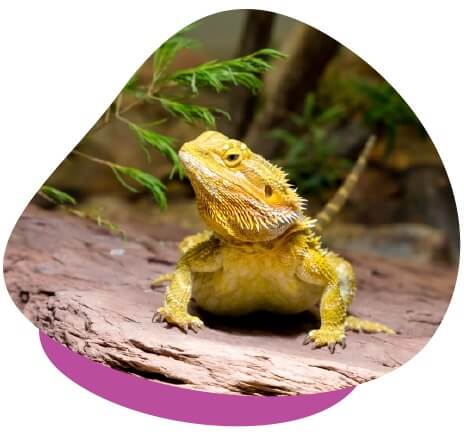Ultraviolet (UV) lighting is often recommended for several reptile species however, it can be confusing to work out what type of UV lighting is needed.
This article hopes to clear this confusion up and will cover the different types of UV light and which kind of reptiles benefit from the use of UV lighting in their cage.
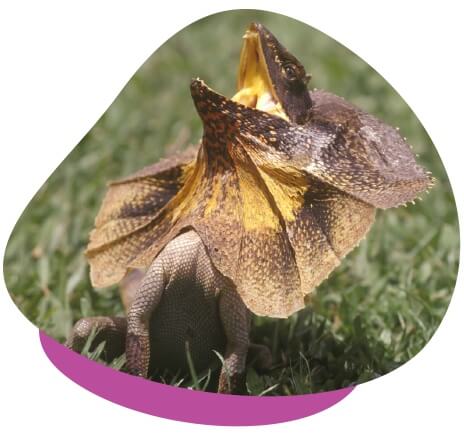
What is UV light?
UV light is a type of electromagnetic radiation which originates from the sun. It is invisible to our human eyes, but it is thought that reptiles may be able to see or sense some parts of the UV spectrum.
UV light is generally classified into three different groups; UVA, UVB and UVC.
UVA
UVA is part of regular sunlight, and reptiles will generally have a positive response if exposed to UVA light. Increased reproductive behaviour, feeding and activity levels can often be seen.
UVB
UVB plays an important role in the vitamin D metabolism of many reptiles. Vitamin D allows calcium to be absorbed from their gastrointestinal tract, as well as having other important functions.
If low vitamin D levels occur, the resulting low calcium levels can result in bone density issues, poor digestive tract motility, muscle weakness, reduced immune system and neurological symptoms such as twitching and seizures. One of the most common conditions is called metabolic bone disease where their bones lose their calcium stores and become very weak and rubbery.
In general, most of the lighting recommendations for reptiles revolve around the UVB component.
UVC
UVC is generally filtered by the ozone layer and can be harmful to living cells.
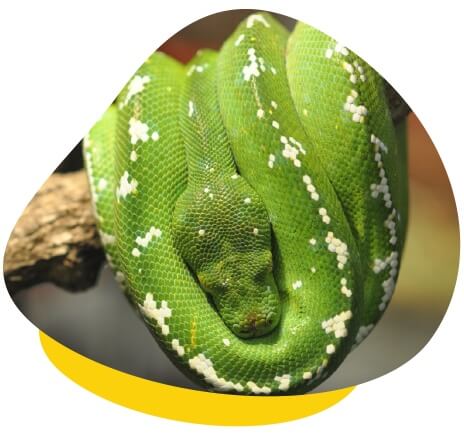
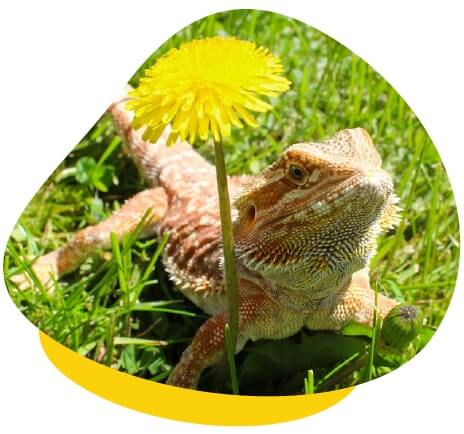
Which kind of reptiles will benefit from UV lighting in the enclosure?
All reptiles will benefit from a UV light that mimics the level of UV exposure they would get in the wild.
For example, a frill neck lizard requires a high level of UV exposure as they would normally spend a large percentage of their day basking in the sun. In contrast, a nocturnal python may not come out in the day much so would only need a small amount of UV exposure to mimic the level of natural exposure.
Many keepers elect not to provide primarily nocturnal species with UV light during the day, however recent evidence shows they may benefit from it even if they only have a small amount of exposure.
Can you have too much UV light?
The short answer is yes. Very high levels of UV have been associated with cancerous changes (such as melanoma development) in some reptiles, just as they have in people.
Inappropriate UV exposure (for example a high-intensity UV light used for a species that has low UV requirements) may cause these changes, so it is important to seek help when setting up your cage lighting.
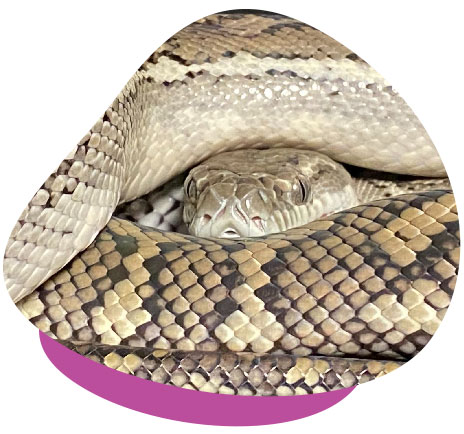
What are some types of UV light globes available?
There are many different types of UV globes available. Some of the more commonly used UV lights are:
- Linear fluorescent tubes
- Compact fluorescent globes
- Mercury vapour globes
- Metal halide globes
Each type of globe has positives and negatives. The decision as to which type to use really depends on what species you are keeping, as well as the cage set up that they will be kept in.
How often should the UV light be changed?
Ideally, every reptile keeper would have a UV meter which allows the level of UV to be measured easily and allow you to know when best to change the light. However, if you do not have one of these then, every 6 months is a reasonable guide. Writing the change date on the light fitting or setting a reminder in your phone can help you to remember when to change it.
It is important to remember that there is no better UV source than the sun, so allowing your reptiles appropriate and safe access where possible is a great way to ensure your reptile is getting all of its UV requirements met.
If you have questions regarding the UV lighting for a specific species of reptile, please don’t hesitate to reach out to one of our expert reptile vets for more information.
